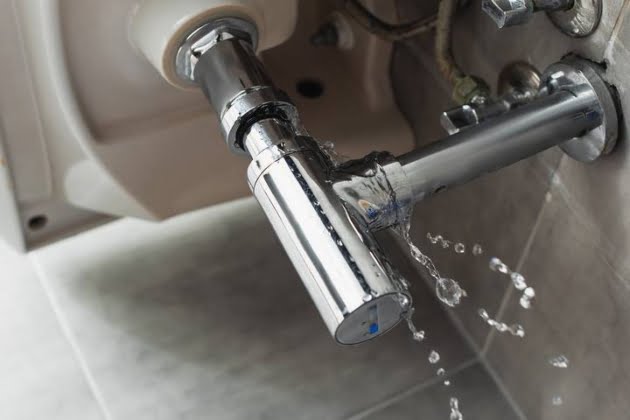Water leaks are common nuisances that every homeowner will encounter at some point in their lives. You may find a water leak in your plumbing fixtures, a water leak near the toilet, or even a water leak under the house. Contrary to popular belief, water leaks are not just happening in old houses. Even a newly constructed home may be at risk of leakages, especially if the plumbing fixtures are not properly installed.
A small water leak in the house has the potential to escalate into a bigger and more severe problem. If you cannot detect the leakage quickly enough, it may end up causing some serious damage to the structural foundation in your home. The water damage is also notorious for causing streaks, stains, and discolouration along the walls.
Fortunately, an emergency plumber will be able to repair any leaking in your house. However, you first need to find out if there is actually a water leak, locating its exact origins in your plumbing network. Here are some tips to help you find a water leak in your house:
1. Find suspicious water puddles

Of course, some water leaks are so obvious that you don’t really have to look for them. A leaking faucet, a leaking shower head, or a leaking garden hose are simple issues that should be easy to fix. However, some water leaks can be insidious and more difficult to detect. Knowing you have a leak is a good start, but you might want to have an idea of its origins before calling a plumber for help.
To find a water leak in your house, start with the obvious places. Check for suspicious puddles of water near your shower, your bathtub, or your toilet. Next, check if you can find a small puddle of water around your dishwasher, water heater, and washing machine. If your water leak isn’t obvious, take a look inside your cabinets to see if there is a kitchen sink leaking.
2. Check your water meter
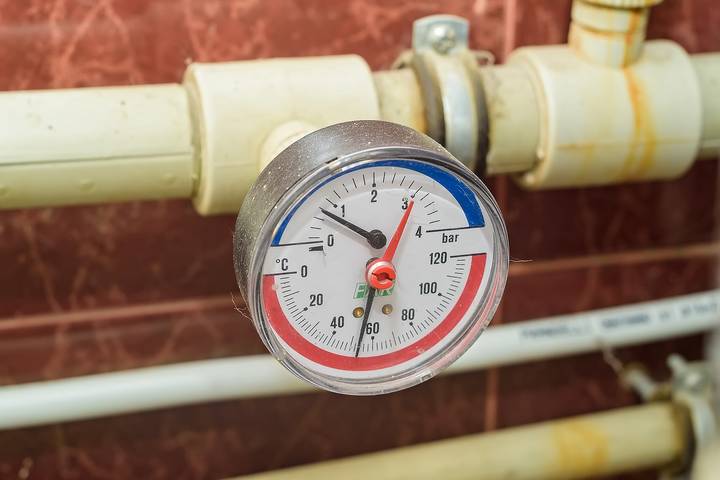
If you suspect there is a water leak somewhere in your house, you should check your water meter. The water meter is a device that measures the volume of water delivered to your home. Water meters have either an analog or a digital display. These devices are often located at the front of a property, but they can also be found on the side or back of a house.
Here is how you read a water meter accurately:
- Start by turning off all faucets in your home, and don’t run any appliance that uses water.
- Locate your water meter, read the numbers on the display, and write them down on a piece of paper.
- Wait at least a full hour without using any water.
- Check your water meter again. If the numbers on the display have changed, you have a water leak somewhere inside or outside your house.
Alternatively, you may try another test. Start by turning off your house’s main shut-off valve. Next, wait an hour without touching your plumbing fixtures. If the numbers on the water meter dial have changed again, the leak is outside your home. If the numbers have not changed, then the leak is somewhere inside your house.
3. Inspect your toilet for a water leak

If you can’t find a puddle anywhere, you should inspect your toilet more carefully. You may have overlooked a leak near the toilet base or inside the tank. Try removing the top of the toilet tank and listen carefully. If you hear a toilet hissing noise, it means the tank is leaking.
If you can’t hear any hissing, you should try a dye test. Place a few drops of food colouring inside the toilet tank and wait a few minutes. When there is a leak in the tank, colour should start appearing inside the toilet bowl.
4. Detect signs of water leaks in your house
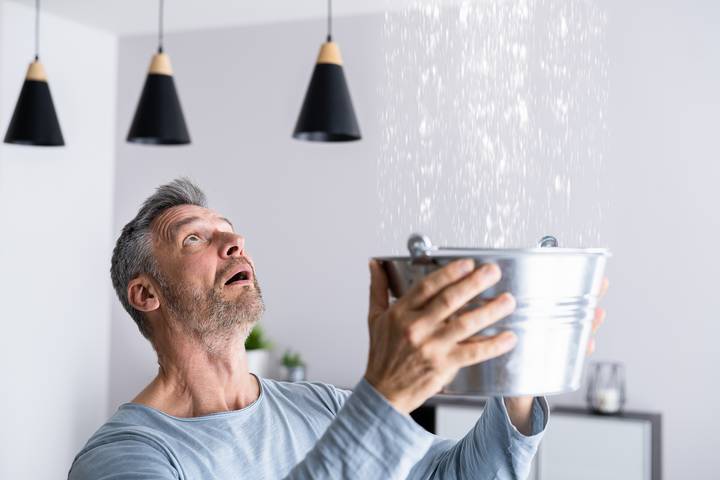
A water leak could be hidden inside one of your home’s walls, growing slowly and silently. If you notice water stains on a wall or ceiling, it means the leak may have started to damage your walls. A persistent dripping sound is another symptom of water leaking inside a wall. If you also notice bubbling paint or a musty smell, there is a possibility that mould may be growing due to the water damage.
Although you might not be able to find the exact location of the leak, it helps to have an approximation of where the problem originates. This way, you will save the plumber a lot of time during their visit. And if your plumber saves time, you will save some money as well.
5. Pay attention to a water leak outside the house
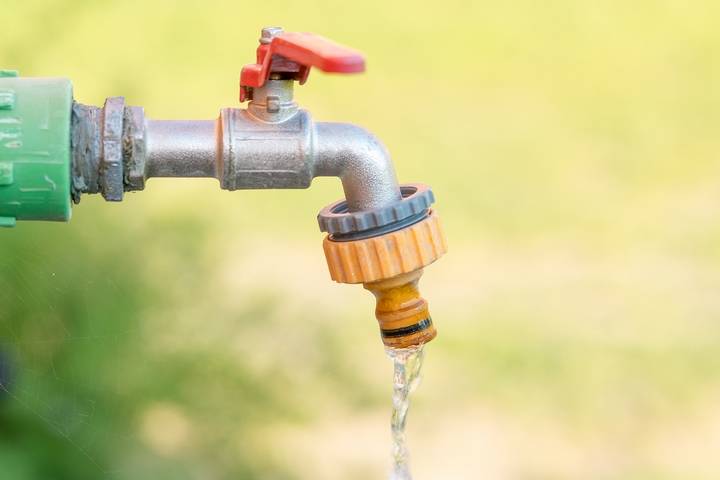
Finding a leakage in the water pipeline outside your house may be difficult, but not impossible. If a water line buried somewhere outside your house is leaking, there are still ways to locate it. Be sure to keep an eye on your lawn. Any spot of grass that looks greener and lusher could mean there is a leak underneath.
If your lawn seems normal, look for puddles of water on your driveway. Also, check for any puddles in the street right in front of your house. After you have located the underground leak, you will need to call the plumbing experts that will fix this leaking right away.
6. Monitor your water bills
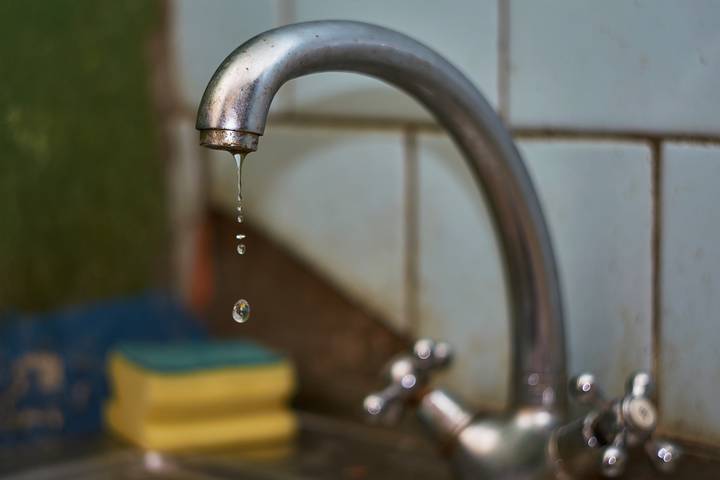
Finally, you should always pay attention to your water bills. If one of your bills is higher than usual, the increase could indicate that you have a leak. Of course, that isn’t always the case. During summer, you may have simply used more water for your lawn and garden. Don’t panic if your water bills increase slightly, but you should keep a close eye for any dramatic spikes in the numbers.
Monitor your water usage and check to see if it is proportionate with the how much the water bills have increased. Even a small water leak could lead to much higher costs on your water bills over time.



